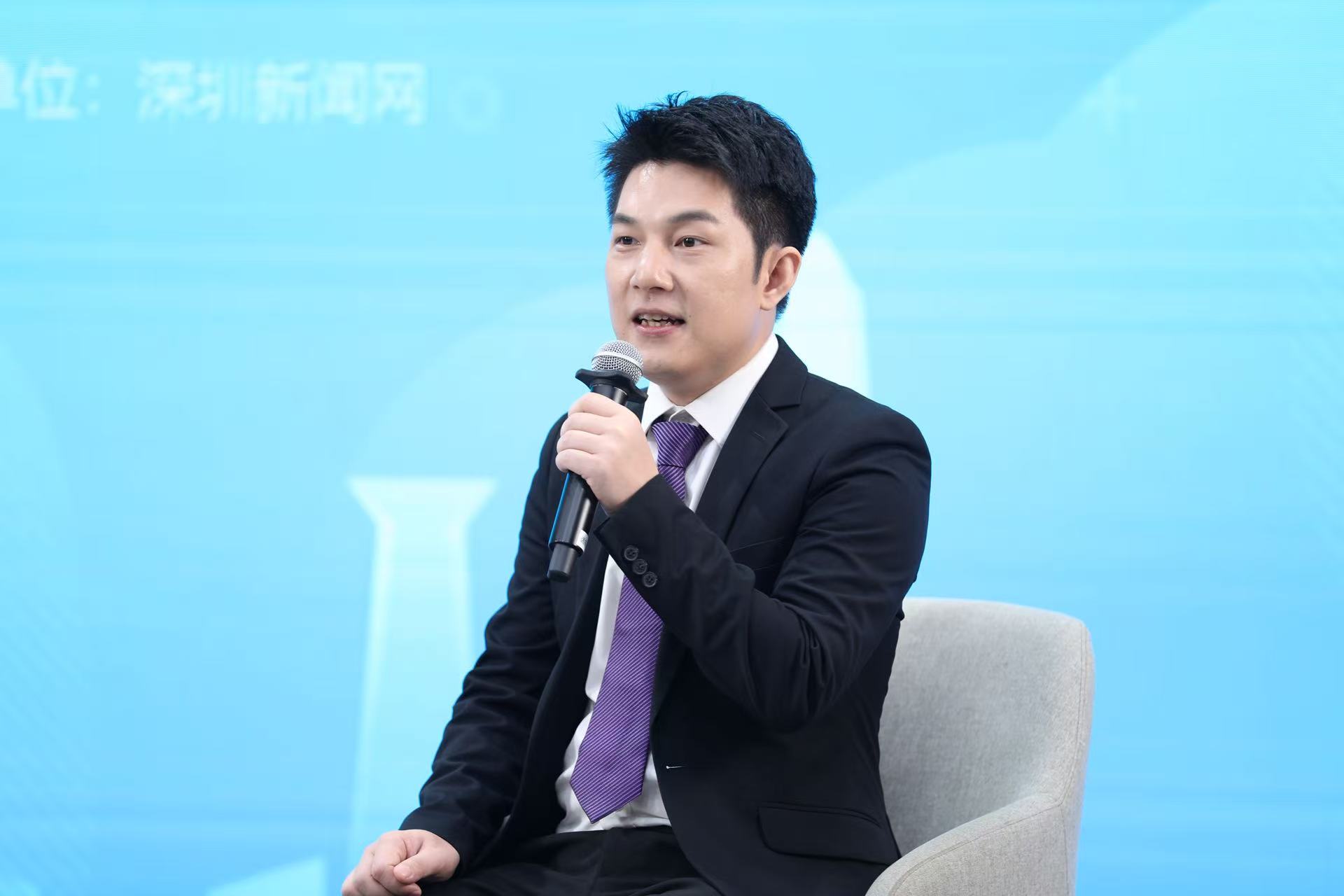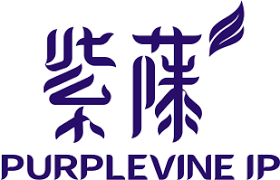In today's fast-moving innovation landscape, intellectual property (IP) has become an essential shield to protect groundbreaking achievements and foster global collaboration. Shenzhen, a powerhouse in technology, has made great strides in optimizing its full-chain IP ecosystem, driving continued momentum for innovation across industries.
In June 2025, China issued the Guidelines for the Establishment and Monetisation of Patent Pools, a crucial step toward facilitating efficient IP management. The guidelines aim to streamline the creation and application of domestic patent pools, making the commercialization of patents more cost-effective and efficient.
Against this backdrop, Mr. Zhongfan (John) Jiang, Assistant to the CEO of PurpleVine IP, was invited to participate in a roundtable discussion on Shenzhen News' show “My IP Friends”. During the discussion, he shared his expert insights on patent pools and their critical role in empowering innovation.


Key Insights from the Discussion
Shenzhen News:
PurpleVine IP has extensive experience in patent pool layout. Could you share a typical case from PurpleVine?
Jiang Zhongfan:
Over the past few decades, Chinese enterprises have encountered numerous patent-related challenges, particularly from established international patent pools. With developments in intelligence, standardization, and industry integration, the complexity of patent risks has grown significantly. What was once a manageable issue now involves dozens, if not hundreds, of patent holders, leading to substantially higher cumulative licensing costs.
As companies seek more manageable ways to secure patent licenses and mitigate risks, patent pools have emerged as a vital solution. These pools allow companies to collectively share patent rights, reducing individual licensing costs and providing greater certainty in global markets.

At PurpleVine IP, we've supported many leading Chinese manufacturers and innovators with comprehensive patent pool services, from patent portfolio and reserves to patent pool entry evaluation and licensing negotiations. Our services extend across the full patent pool lifecycle, including initiation, rule formulation, and management for pool operators.
Well-structured patent pools help align industry expectations, facilitate innovation, and promote the wider adoption of technologies. For companies at different stages and from varying environments, participation in a patent pool can lower licensing costs, reduce enforcement risks, and drive global competitiveness. Importantly, patent pools also provide a fair return for innovators, ensuring sustainable patent commercialization.
The strategic design of patent pools creates a win-win environment for innovators, technology implementers, and consumers alike.
Shenzhen News:
What conditions are required for a successful patent pool?
Jiang Zhongfan:
From our experience, successful patent pools typically share two key characteristics:
Shenzhen News:
Based on frontline practical experience, what suggestions do you have for the establishment and application of patent pools?
Jiang Zhongfan:
Patent pools are designed to unite various stakeholders, address industry pain points, and break down the barriers of working in isolation. Over the years, we’ve observed many Chinese enterprises and innovation institutions actively participating in patent pools, either as rights holders or implementers. Additionally, relevant authorities are pushing for the standardized construction and commercialization of patent pools, and many successful case studies have already emerged.
Here are some practical suggestions for establishing and operating patent pools:
In today’s era, where IP plays an increasingly critical role, patent pools not only serve as a key component of the innovation ecosystem but also provide essential support for building a new development pattern in global markets. PurpleVine IP looks forward to collaborating with innovators in Shenzhen and worldwide to build a more dynamic and value-driven IP ecosystem, where the true value of innovation is respected.